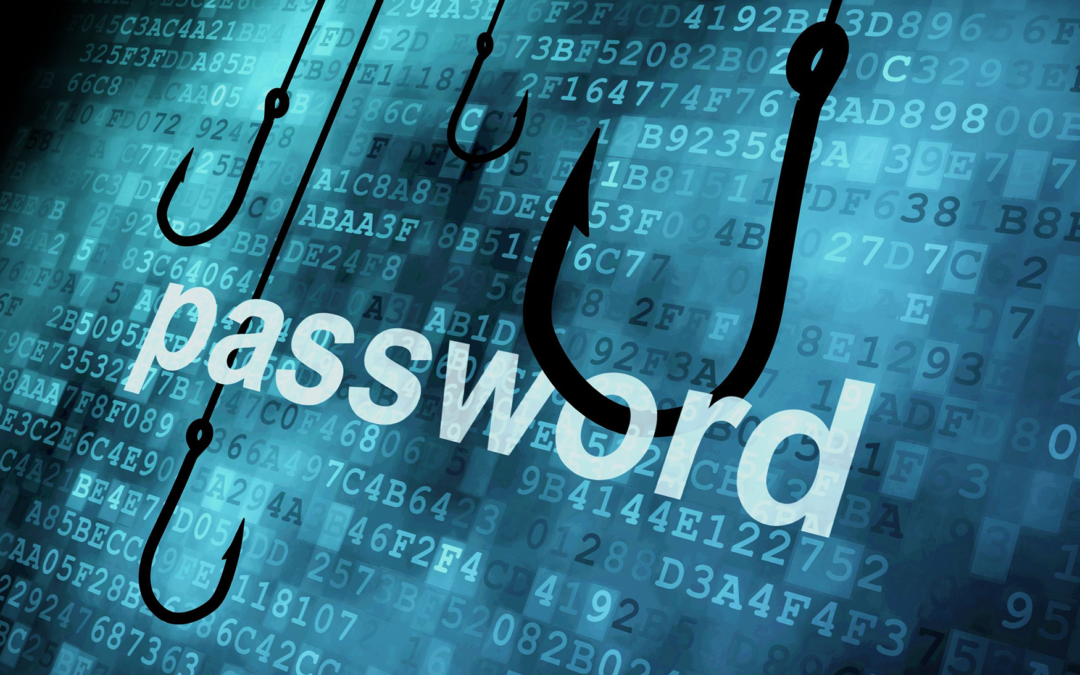Phishing Prevention Techniques: Safeguarding Against Deceptive Attacks
The digital age, marked by unprecedented connectivity and access to information, has paradoxically become a breeding ground for intricate web-based threats, chief among them being phishing attacks.
Dissecting the Anatomy of Phishing
At its core, phishing is a game of deception, played on the vast board of the digital world. It’s a psychological maneuver as much as a technical exploit. By cloaking malicious intent under the veil of authenticity, attackers prey on human trust and inattention.
Skepticism and Vigilance: First Responders in a Digital Age
As we increasingly live our lives online, every digital citizen should cultivate a sense of skepticism. Here’s why:
- Email Sophistication: Modern phishing emails have evolved. They now seamlessly mimic branding, tone, and even email structures of legitimate entities. Delving into the metadata of an email, such as headers and send paths, provides clues about its legitimacy.
- URL Deception: Cyber attackers employ a variety of techniques, such as domain spoofing or using homoglyphs (characters that look alike) to create deceptive URLs. Using browser plugins that highlight or verify domain names can be instrumental.
The Unseen Wall: The Role of Secure Connections
End-to-end encryption isn’t just a tech buzzword. It’s the invisible wall that stands between your data and potential eavesdroppers.
- SSL/TLS Protocols: Secure Sockets Layer (SSL) and its successor, Transport Layer Security (TLS), are cryptographic protocols that provide data security. Familiarize yourself with digital certificates, issued by Certificate Authorities (CAs), to verify website legitimacy.
Navigating Emotional Landmines
Phishers know that panic or excitement can make people act impulsively. Recognizing the emotional triggers in content can be your salvation.
- Imitation and Impersonation: Modern-day phishers are known to imitate CEOs or IT heads in organizations, using emotional urgency to prompt hasty action. Always double-check, especially with high-stakes actions.
The Digital Arms Race: Software Updates
The cat-and-mouse chase between cyber attackers and software developers is relentless. Each software update is essentially a response to known vulnerabilities.
- Patch Management: Especially in corporate settings, having a patch management strategy ensures timely updates, minimizing window vulnerabilities.
The Power of Knowledge: Training and Simulation
The human factor, often considered the weakest link in cybersecurity, can be transformed into a formidable defense.
- Phishing Simulations: Many cybersecurity firms offer simulated phishing attacks, gauging employee responses and providing immediate feedback. This experiential learning can be invaluable.
Beyond Passwords: Embracing Two-Factor Authentication
In the face of sophisticated phishing techniques, a simple password might not suffice.
- Token-Based Authentication: Beyond the usual SMS-based 2FA, using physical or software tokens offers dynamic, time-sensitive codes, adding a robust security layer.
Harnessing AI in Defense
The vastness of digital data makes manual monitoring impractical. Enter Artificial Intelligence.
- Behavioral Analytics: AI can learn and monitor regular user behaviors, flagging anomalies. A sudden request for sensitive data or an unusual fund transfer can be red-flagged in real-time.
Back-Up: Your Digital Safety Net
Amid the diverse protective strategies, a simple yet cardinal rule remains – always back up.
- Versioning: Cloud backup solutions now offer versioning, allowing users to revert to previous data states. This can be a lifesaver against ransomware or data corruption.
Collective Vigilance: The Power of Reporting
A phishing attempt unveiled can serve as a crucial lesson for an entire community.
- Community Databases: Several platforms allow users to report phishing attempts, creating a database that warns others of emerging threats.
Staying Abreast of the Cyber Pulse
Being informed is half the battle won. As phishing techniques evolve, so do defensive measures.
- Cybersecurity Forums and Conferences: Engaging in webinars, forums, and conferences provides a real-time understanding of the shifting cyber landscape.
To Conclude
In the dynamic world of cyberspace, where threats evolve continuously, our best defense lies in a blend of technological solutions, continuous learning, and unwavering vigilance. Embracing these pillars not only safeguards individual users but fortifies the broader digital ecosystem against the pervasive threat of phishing.
Stay tuned for more cybersecurity insights in our upcoming blog posts!


